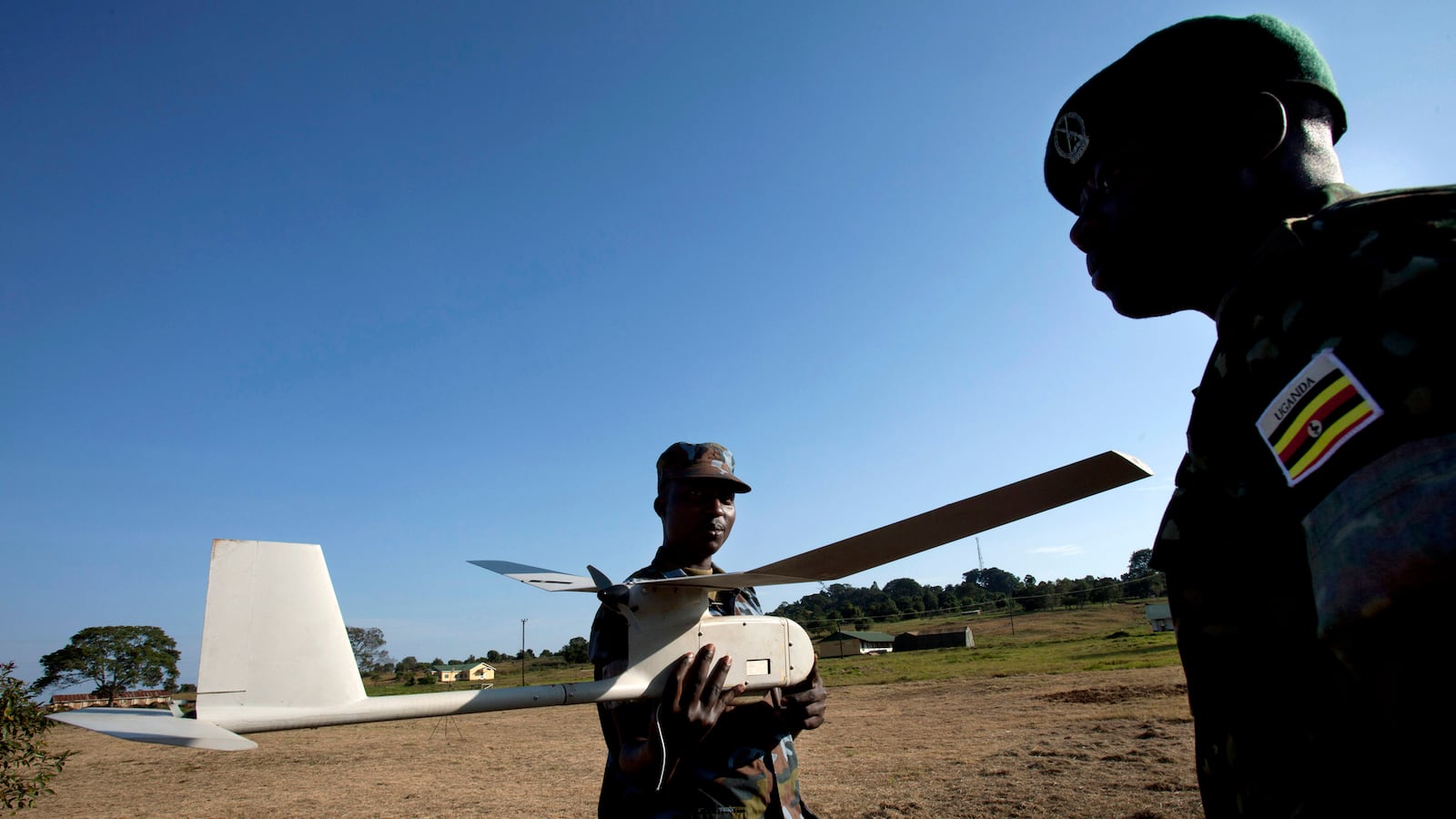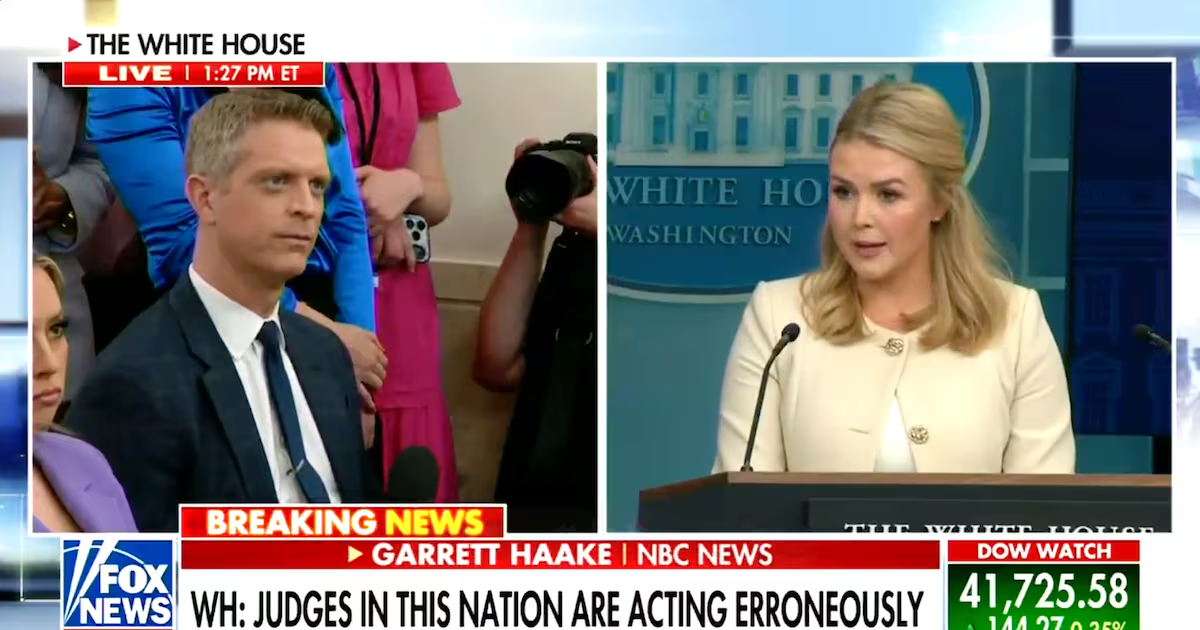Recent human-rights reports have raised valid questions about the cost in civilian lives of drone warfare, with an overarching judgment that the U.S. has underestimated the civilian tragedy that results from these strikes.
These studies will help sharpen the national conversation about when and how America intervenes to thwart future threats in places where local governments lack the capability or the will to act against groups that threaten America. As the debate continues, though, we should remain aware of both the devastating impact drones have had on the al Qaeda network and the dangerous illusion that use of these “precision” weapons somehow means that innocents will be spared in future conflicts.

Many Americans, including those I worked with as deputy director of the CIA’s Counterterrorist Center from 2003 to 2005, anticipated a long series of large terror strikes in the United States after 9/11. No one would have foreseen how limited the loss of life would be on American soil. Key among the reasons for this surprising success is the drone campaign—terror groups need experienced leadership and a lower-level network of trainers, fundraisers, operators, and facilitators to plan and execute major terror strikes, and those leaders and their support networks were devastated by drone strikes after 2001 and during the ensuing decade. Terror leaders complain about issues such as fundraising shortfalls and ideological divides. In my experience, though, their biggest fear is simple: drones. Regardless of the shape of our debates about the use of drones, we should not lose sight of the fact that these weapons have saved more civilian lives than we will ever know in the face of an adversary that purposefully targets innocents.
Further, the argument that these weapons have created more terrorists than they have killed makes for more rhetoric than reality. Clearly, drone strikes result in high levels of anti-U.S. animosity. Animosity, though, does not equate to threat. The threat we face in North America today is substantially less than what we faced a decade ago, partly because of military operations that rooted out al Qaeda in Afghanistan; actions by sister security services that resulted in successes around the world; and excellent domestic intelligence work in Europe and North America. But behind the scenes, intelligence professionals across the board would agree that one key factor in the decade-plus effort to mitigate threat was simple: drones, and their capability to degrade of leadership and support networks.
And then there’s the cost. There is a tough reality America will face as drones become an inevitable addition to America’s arsenal, particularly when the U.S. uses them outside war zones—in locations where local governments lack the will or capability to intervene and the U.S. sees a threat that does not reach the level of requiring a more conventional, on-the-ground response. In the 21st century, we are trying to separate war from tragedy, and we characterize drones as “precision” weapons, as if our participation in armed conflict can ever be anything but tragic. It can’t; war leads to the loss of life of innocents, and any suggestion that we will eliminate innocents’ deaths by some sort of arcade game technology is mistaken. If we decide to use force, we should accept the consequences; this suggestion that war is somehow entering a stage of antiseptic precision is harmful, because it allows the American public to think of conflict in less than tragic terms.
There is also a broader context we might consider. We might ask ourselves about the standards we apply to conventional warfare: regardless of the precision of ground weapons and air strikes by manned aircraft, these weapons have resulted in tragic loss of life in Iraq and Afghanistan. We can say that drones have also resulted in civilian deaths—perhaps more than we expected—but we might also consider that use of other lethal weapons systems would have been yet more tragic. What’s the yardstick? Is it some false hope for “precision” in war? Or is it a realistic comparison of how these weapons might result in less tragedy than more blunt methods? Let’s take an example: the U.N. is in the midst of a potential deployment of 4,500 troops to Somalia to fight the same al-Shabaab terror adversary whose leadership has been the target of drone strikes. Do we want to believe that this deployment will lead to less human tragedy than drone strikes against the same adversary? Or is it that we understand the implications of conventional warfare after millennia of war, but consider drones in some special category of clean warfare?
We also have to weigh the potential costs of the kinds of ground operations we have seen recently in Libya and Somalia, and before that against Osama bin Laden’s compound. These operations were surprisingly clean. And they are seen, correctly, as signs that the U.S. is moving away from drones and toward capture operations. Because these operations were so cost-free, though, we are lulling ourselves into believing that future high-risk operations are good alternatives to drones. They won’t be; we’ve been good, and lucky, with these special forces operations. But if the next Somali episode results in the deaths of a handful of Special Forces operators, what will we say then? My guess is this: many will point to drones as a better alternative, despite the drawbacks.
Here’s where we might end up in this drone debate. These unique weapons will become ubiquitous; our discussions about their use should include the assumption that many countries will own them over time, and they may use them against us. This reality should drive conversations in the U.S., and among allies, about how the doctrine of drone use begins to catch up to their deployment. Meanwhile, we should keep using them. Against isolated adversaries, they are devastatingly effective, as long as we understand that they are not long-term solutions. In Pakistan, for example, the degradation of al Qaeda leadership, along with the impending departure of U.S. troops from neighboring Afghanistan, should lead to a continuation in the decline of drone strikes.
Along the way, though, there is one area where we might agree, among those who oppose drone use and those who support these deployments. We should stop calling them precision weapons, and stop suggesting that 21st century warfare will somehow prove more civilized than the wars of the past. War is tragic. And our decisions to deploy force, regardless of how precise 21st-century weapons systems become, should not grow any more casual because of some judgment that drones are a clean solution. They are a devastatingly effective tactical solution. But, like the weapons systems that arm ships, planes, and ground forces, they kill.
Accept the benefits. Understand the consequences.






